Previously, it was believed that there was no water ice in this region (equivalent to the tropics on Earth), so the latest discovery should fundamentally change the modeling of future Mars exploration missions.
The spacecraft of the European Space Agency (ESA), first the ExoMars Trace Gas Orbiter, and then Mars Express, spotted water ice at the equator of Mars, specifically in Tharsis - the largest volcanic region on the Red Planet.
Tharsis contains 12 volcanoes and can boast the highest peak in the entire Solar System - Olympus Mons, which is 29.9 km high (2.5 times higher than Everest).
"We thought that frost cannot form around the equator of Mars because the combination of sunlight and thin atmosphere maintains a relatively high temperature both on the surface and on the summit of the mountain - unlike what we see on Earth," said Adomas Valantinas, a doctoral student at the University of Bern, Switzerland.
Frost patches appear only a few hours before sunrise and evaporate when light hits the equator. Despite the fact that this frost is quite thin (the thickness is equivalent to the thickness of a human hair - approximately one hundredth of a millimeter), it covers a huge area of each of the volcanoes. According to researchers' calculations, this volume is sufficient to fill approximately 60 Olympic-sized swimming pools (111 million liters of water).
Each of the volcanoes where frozen water was noticed contains deep hollows on their summits - so-called calderas, which are formed as magma chambers during eruptions. The team believes that the strange air circulation pattern over the Tharsis region creates a specific microclimate in these calderas, which differs from the climate where other volcanoes are located, and it is this microclimate that contributes to frost formation.
"Winds move up the slopes of the mountains, bringing relatively moist air from the surface to higher altitudes, where it condenses and settles as frost," explains the mission's lead researcher, Nicholas Thomas.
Thomas added that the frost, which the team noticed on the summits of Mars' volcanoes, appears to settle in shaded areas of the calderas, especially in regions with lower temperatures.
Adomas explained that there are several reasons why this frost on the equator of Mars has not been discovered until now:
"Firstly, we needed an orbit that would allow us to observe the location early in the morning. While the two ESA orbiters - Mars Express and TGO - have such orbits and can conduct observations at any time of the day, many other agencies are instead synchronized with the Sun and can only observe in the afternoon. Secondly, the deposition of frost is associated with colder Martian seasons, which makes the window for its detection even narrower."
The team's study was published on Monday (June 10) in the journal Nature Geoscience (via Space.com).






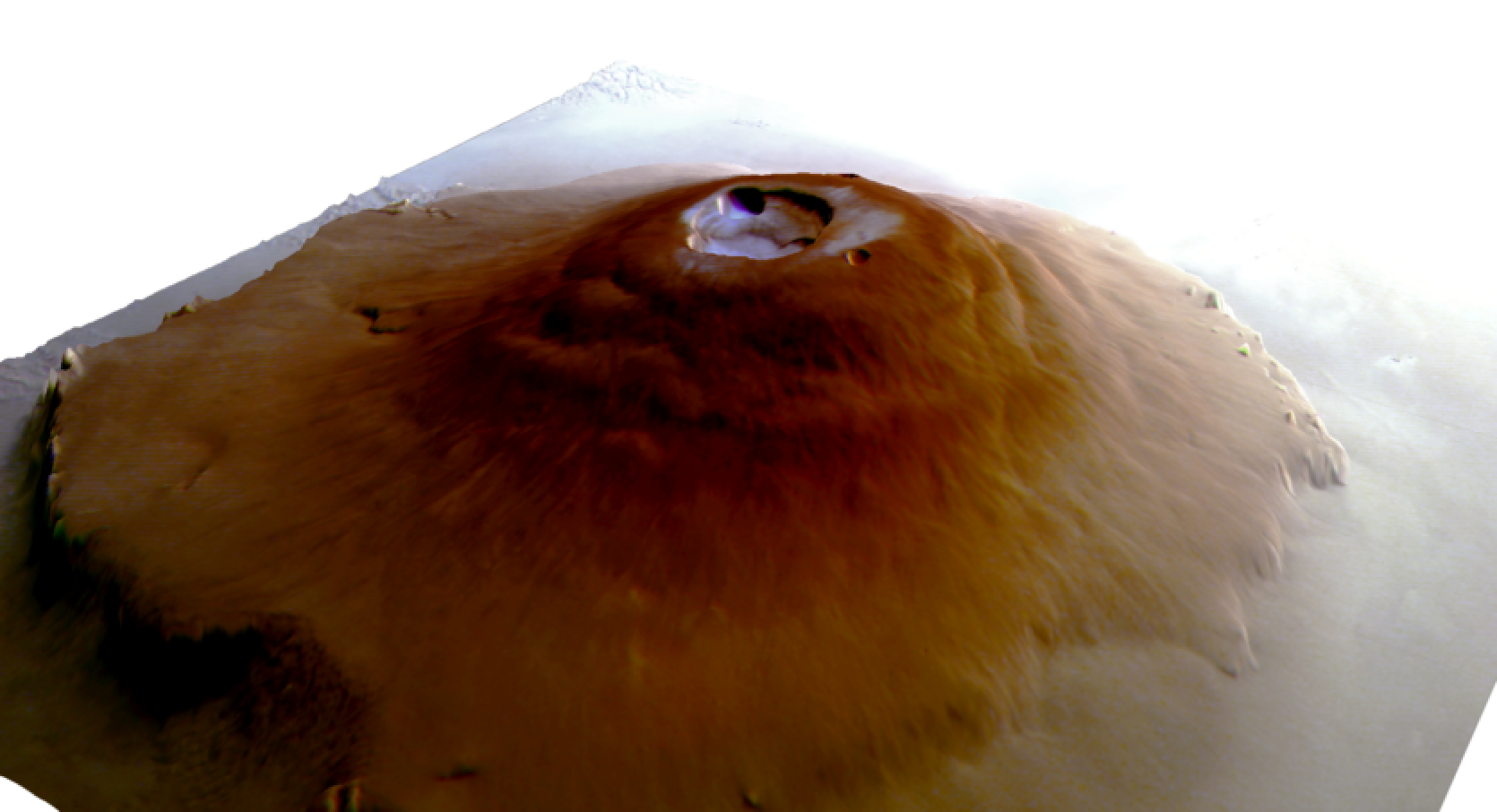


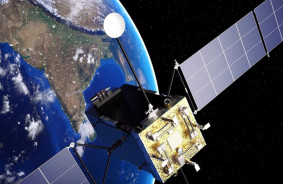
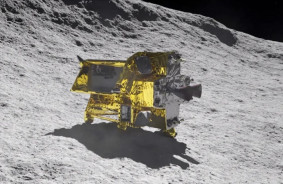
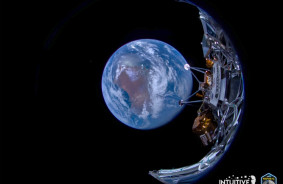
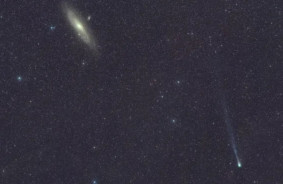
Comments (0)
There are no comments for now